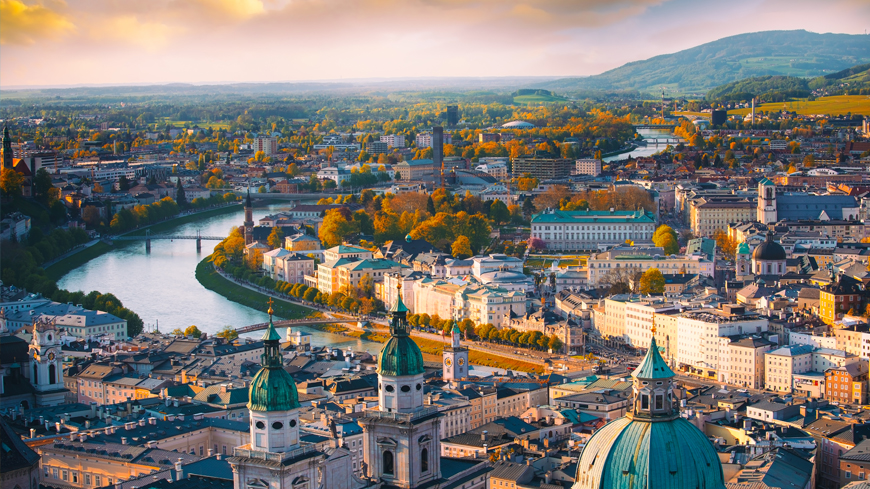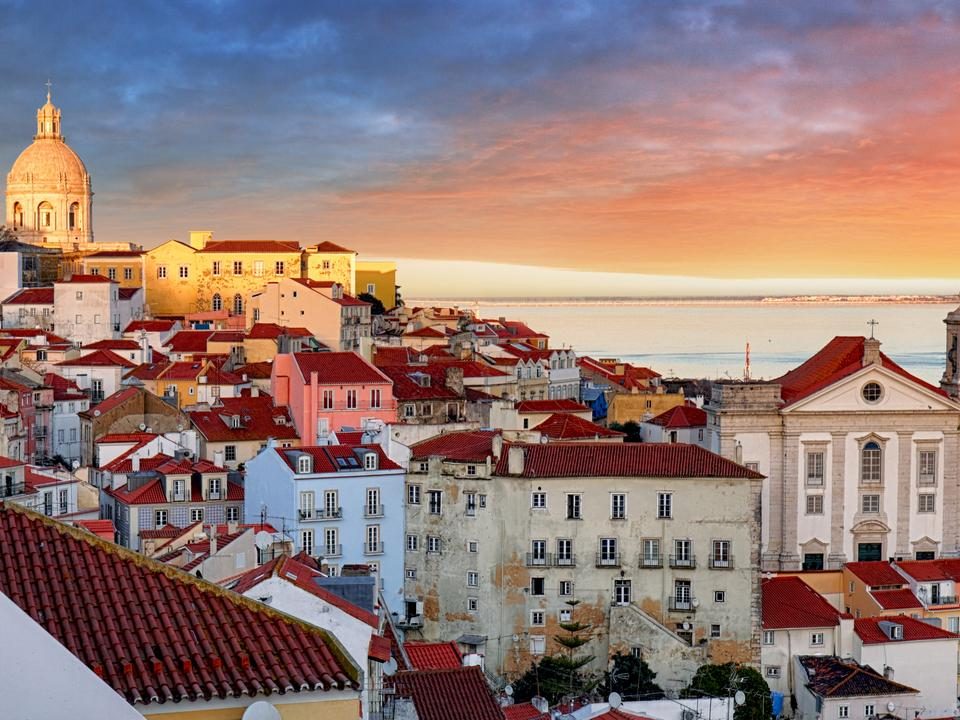Life in Austria
Austria has a population of 8,933,346 residents, including 1,531,262 non – nationals, and occupies an area of 83,878 square kilometers (16.7 percent of total population). In Austria, 2.137 million inhabitants with a migration background resided on average in 2020, making 24.4 percent of the total population.
With 4.631 residents per square kilometer, Vienna is Austria’s most highly populated province, while Carinthia has the least populated province with 59 residents per square kilometer. Women have an average life expectancy of 84.2 years, while men have an average life expectancy of 79.5 years.
Communication Services are well-developed in Austria, with a variety of internet and telephone service alternatives. Public transportation systems are also pretty easy to get by, and the roads are well-kept, making for a generally pleasant and secure experience. The major cities have buses and trams, and Vienna even has a metro. Always remember to buy your tickets in advance of your trip, since you may need to validate your ticket before leaving. Cyclists will appreciate Austria’s high-quality roads and some of the world’s most breathtaking scenery.
Switzerland, Liechtenstein, Germany, the Czech Republic, Slovakia, Hungary, Slovenia, and Italy border Austria.
Climate
Warm summers, mild winters, and sufficient rainfall characterize Austria’s typical central European transitional climate.
In addition, Austria is divided into two separate climate zones:
- A Pannonian climate can be found in the east (warm to hot summers, relatively low precipitation and cold winters).
- The middle Alpine region enjoys a climate that is typical of the Alps (more precipitation in summer compared to the east and long winters with heavy snowfall).
The living expenses in Austria varies from place to place, however lodging is often expensive. This is certainly relevant if you intend to purchase real estate. Most necessities, such as grocery shopping, are straightforward, and there are a variety of supermarkets to choose from, including Spar—which has five locations—Lidl, Merkur, and others.
Economy
The Austrian economy contracted by negative 6.6 percent in 2020 as a result of the Covid-19 issues. In 2020, GDP at current prices was around € 375.56 billion (-5.5 percent in real terms), while GDP per capita was € 42,110. Austria is in the highest echelon of the European Union, as well as the rest of the world.
Medium and small businesses dominate Austria’s economic structure. The most prominent industrial branches are:
- Food industries
- Wood and paper industry
- Chemical and vehicle industry
- Electric and electronic industry
- Machine and steel industry
Cost of Living
Is living in Austria expensive? It is, in some ways. For example, housing in Austria is likely to be more expensive than in the United States in terms of the amount of space you get for your budget. However, housing in Austria is more than 10% less expensive than in neighboring Germany, and about 30% less expensive than in France.
Your costs will also be determined by where you choose to live. In Austria, the living cost varies greatly between cities and provinces. Vienna and Innsbruck are consistently listed as the most expensive cities in Austria, while Graz and Klagenfurt are consistently regarded as the least costly.
According to a recent analysis by CEOWORLD Magazine, Austria is the world’s 18th most expensive place to live . Switzerland, a neighboring country, was ranked as the most costly.
The prices of food, wine, and groceries in Austria, as well as the costs of eating out, transit, and other expenses, are included below.
Average Food Prices in EUR (USD in brackets)
- Potatoes 1kg: 1.30 (1.40)
- Water bottle 1.5 liters 0.60 (0.70)
- Chicken 1kg: 10.50 (11.60)
- Apples 1kg: 2.20 (2.40)
- Wine 1.5 liters 7 (7.70)
- Beer bottle 0.5 liters: 1.10 (1.20)
- Cigarettes 20: 5.50 (6.10)
- Milk: 1.10 (1.20)
- A loaf of bread: 1.80 (2)
- Bananas 1kg: 1.70 (1.90)
Average National Rent
- One-bedroom apartment: 720 EUR (790 USD)
- Three-bedroom apartment: 1,330 EUR (1,470 USD)
Outdoor Activities
Depending on the restaurant, eating out can cost anything from 12 to 50 EUR (13 to 55 USD). A monthly gym membership costs 32 EUR (35 USD), while a movie ticket costs around 10 EUR (11 USD).
Costs of Utility
In Austria, utility costs are computed due to the size of the home instead of the amount of resources used. Electricity costs an average of 20 EUR (21 USD) per month in Austrian households. Depending on the source and speed, internet costs range from 9 to 83 EUR (10 to 91 USD). In general, the faster the internet, the higher the cost.
In Austria, most homes pay an average of 19 EUR (20 USD) per GJ for natural gas. Natural gas consumption in Austrian households ranges between 20 and 200 GJ per year. Waste disposal, property tax, and drainage taxes are usually paid jointly. Charges for upkeep, renovations, and building insurance are usually included in this statement. This bill will cost people on average between 1.80 and 3.50 EUR (2 and 3.90 USD) every month.
Healthcare Costs
In Austria, social security covers approximately 45 percent of total healthcare costs. If you work full-time or part-time and earn at least 438 EUR/488 USD per month, 18.12 percent of your salary is deducted for social security. Your employer, on the other hand, will contribute half of this. Approximately 99 percent of the Austrian population is covered by public health insurance.
A prescription can cost as much as 6 EUR (7 USD). If you have private health insurance, you may be able to get the prescription for free when you pick it up, or you may be able to submit your receipt to the insurer for reimbursement.
You will receive an e-card once you have been insured in Austria. You must present this to doctors and pharmacists in order to receive cheaper (or free) care and medication.
Visiting a Private Physician
A 15-minute appointment with a private doctor costs around 100 EUR (111 USD).
European Health Insurance Card (EHIC) Benefits
If you have an EHIC, you can take advantage of a number of health benefits, including free visits to a doctor associated with one of Austria’s regional health insurance organizations (Gebietskrankenkasse). Always keep an eye out for the Kassenarzt or Alle Kassen signs. Certain dental procedures are also covered by state-sponsored health insurance. If the dentist is a member of a regional health insurance plan, treatment is provided for free. Look for a sign that says Kassenarzt or Alle Kassen.
Education Costs
Austria has a free public education system, with over 90% of Austrian pupils attending. Private secondary schools, on the other hand, can cost as much as 55,000 EUR (60,600 USD) if the child is boarding there, or as little as 35,000 EUR (38,550 USD) if they simply attend Monday through Friday.
An international primary school year can cost up to 13,000 EUR (14,500 USD), however other institutions charge as little as 5,000 EUR (5,505 USD). A year of boarding at an international school might cost up to 64,000 EUR (71,400 USD).
In Austria, the cost of living varies by province and city.
See the table below for samples of monthly spending in the most expensive and most inexpensive cities in Austria to get a sense of the typical cost of living.
| City | EUR | USD |
| Innsbruck | 1,800 | 2,000 |
| Vienna | 1,600 | 1,780 |
| Salzburg | 1,500 | 1,670 |
| Graz | 1,300 | 1,450 |
In general, city living prices are greater, but you should shop around to see which location best suits your budget and preferred lifestyle. Graz, for example, is Austria’s second-largest city, yet it is also one of the country’s cheapest cities. Graz is also a UNESCO World Heritage Site, as evidenced by the city’s striking architecture.
Linz is often less expensive than the more well-known Vienna and Salzburg. Linz has the Danube River, which is a favorite summer recreation location for locals. A substantial tram and bus system is also available in the city.
Vienna, as the capital city, has a great cultural offering—it is more costly than smaller cities, but it is still less expensive than other large European cities. With beautiful Alpine views, the Salzach River that passes through the city, and the neighboring Mondsee Lake, Salzburg is typically Austrian.
Rent Prices
The average living space per residence in Vienna’s capital is 38 square meters (409 square feet), with an average number of residents per unit of 2.05. This means that the typical flat is 77.9 square meters in size (839 square feet).
Average Monthly Rents in Austria for One and Three-Bedroom Apartments
| Apartment size | Monthly Price (EUR) | Monthly Price (USD) |
| One-bedroom | 641 | 708 |
| Three-bedroom | 1,168 | 1,290 |
Average Monthly Rents in Major Cities for One-Bedroom Apartments
| City | Monthly Price (EUR) | Monthly Price (USD) |
| Vienna | 729 | 805 |
| Salzburg | 677 | 748 |
| Graz | 506 | 559 |
Average Monthly Rents in Major Cities for Three-Bedroom Apartments
| City | Monthly Price (EUR) | Monthly Price (USD) |
| Vienna | 1,338 | 1,478 |
| Salzburg | 1,307 | 1,444 |
| Graz | 919 | 1,015 |
In Vienna, rents range from 12 to 20 EUR (13.30 to 22.30 USD) per square meter, while in Salzburg, rents range from 13 to 17 EUR (14.50 to 19 USD) per square meter, and in Graz, rents range from 10 to 13.50 EUR (11.10 to 15 USD) per square meter.
Travel and Transportation Costs
In Austria, a single trip on public transport costs between 1.80 and 2.20 EUR (2 to 2.45 USD). In rural areas, every five kilometers on the bus or rail costs an average of 2 EUR (2.25 USD) (3.1 miles).
To use the motorways, you must pay a toll. A motorway sticker will also be required (Autobahnvignette). Post offices, Trafik shops, border posts, and service stations all sell them.
Contact us for more information




